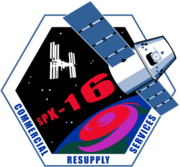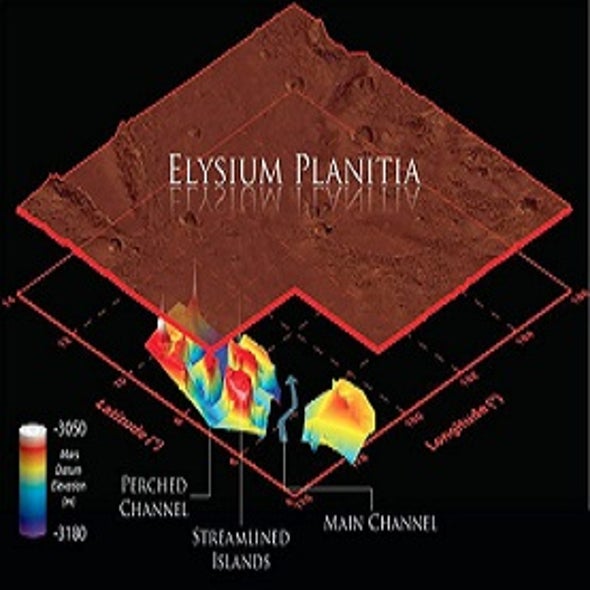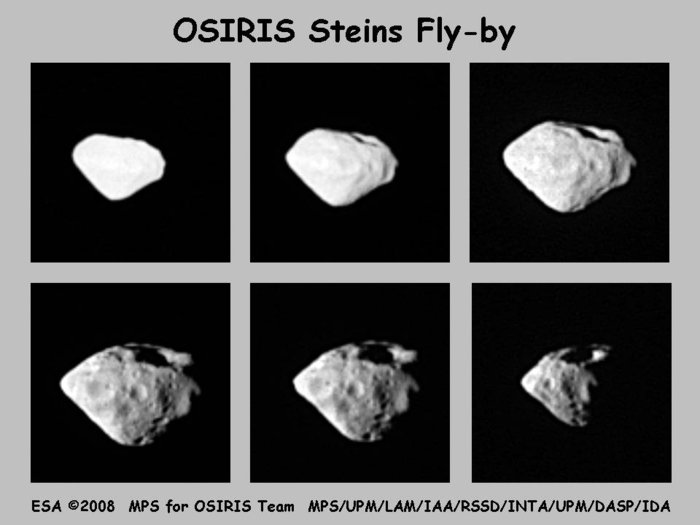https://www.cnn.com/videos/weather/2018/11/30/anchorage-alaska-earthquake-tsunami-warning-crn-vpx.ktva

https://spacenews.com/spacex-launches-dragon-cargo-spacecraft-on-20th-mission-of-2018/

http://www.collectspace.com/news/news-120318a-mol-astronaut-art-satellite.html


With arrival at bennu between polar seismic activity and ISS Dragon mission the
December 8 page on nasa fittingly highlights: Mars , ISS Dragon, Osiris Rex, Bennu...
And the Dragon's Palace is the point of impact in January 2019.
The Chinese Lunar Exploration Program (CLEP; Chinese: 中国探月; pinyin: Zhōngguó Tànyuè), also known as the Chang'e program after the Chinese moon goddess Chang'e, is an ongoing series of robotic Moon missions by the China National Space Administration (CNSA).


The Chinese Lunar Exploration Program (CLEP; Chinese: 中国探月; pinyin: Zhōngguó Tànyuè), also known as the Chang'e program after the Chinese moon goddess Chang'e, is an ongoing series of robotic Moon missions by the China National Space Administration (CNSA).
Quartz: The top of the curving stroke is a dragon's head, to symbolize that China's aerospace development is "taking off like a giant dragon," according to the government's interpretation (link in Chinese) in 2006, when the logo was selected among more than 1,000 designs the government crowdsourced from the country. The bottom of the pattern is a flock of doves to represent "our good wishes for the peaceful use of space." The grey marks within the curve are footprints, which represent China's "ultimate dream" of being the second country to put its people on the moon.
Dragon brings the science; NASA, SpaceX realign DM-1 test to NET 17 January launch

Hayabusa 2 probe landing on Ryugu asteroid pushed back to Jan. 2019


Ryugu was discovered on 10 May 1999 by astronomers with the Lincoln Near-Earth Asteroid Research at the Lincoln Lab's ETS near Socorro, New Mexico, in the United States. It was given the provisional designation 1999 JU3.[1] The asteroid was officially named "Ryugu" by the Minor Planet Center on 28 September 2015 (M.P.C. 95804).[11] The name refers to Ryūgū (Dragon Palace), a magical underwater palace in a Japanese folktale. In the story, the fisherman Urashima Tarō travels to the palace on the back of a turtle, and when he returns, he carries with him a mysterious box, much like Hayabusa2 returning with samples.[1][12]
Collectively a pattern is emerging of a treasure from the underworld of the dragon's palace in the form of an iron throne in the great pyramid.







No comments:
Post a Comment